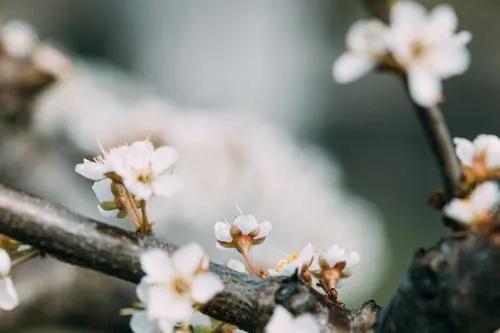Ziziphus jujuba is a deciduous Tree growing to 10 m (32ft) by 7 m (23ft) at a fast rate. It is hardy to zone (UK) 6. It is in flower from April to May, and the seeds ripen in October. The species is hermaphrodite (has both male and female organs) and is pollinated by Insects. The plant is self-fertile. Suitable for: light (sandy), medium (loamy) and heavy (clay) soils, prefers well-drained soil and can grow in nutritionally poor soil. Suitable pH: acid, neutral and basic (alkaline) soils and can grow in very alkaline soils. It cannot grow in the shade. It prefers dry or moist soil and can tolerate drought.
Jujube Care
Ziziphus Jujuba



Ziziphus jujuba, commonly called jujube, red date, Chinese date, Chinese jujube, Chinese apple is a species in the genus of Ziziphus (some of whose other species are also sometimes referred to as jujube), in the buckthorn family (Rhamnaceae). It is a small deciduous tree or shrub reaching a height of 5–12 metres (16–39 ft), usually with thorny branches. The leaves are shiny-green, ovate-acute, 2–7 centimetres (0.79–2.76 in) long and 1–3 centimetres (0.39–1.18 in) wide, with three conspicuous veins at the base, and a finely toothed margin. The flowers are small, 5 mm (0.20 in) wide, with five inconspicuous yellowish-green petals. The fruit is an edible oval drupe 1.5–3 centimetres (0.59–1.18 in) deep; when immature it is smooth-green, with the consistency and taste of an apple with lower acidity, maturing brown to purplish-black, and eventually wrinkled, looking like a small date. There is a single hard kernel, similar to an olive pit, containing two seeds. Fruit - raw or cooked . Mealy and sweet . A sourish-sweet flavour . The fruit can be eaten fresh, dried like dates or cooked in puddings, cakes, breads, jellies, soups etc . The dried fruit has the nicest taste . The fruits are often left to become wrinkled and spongy, which increases their sweetness, and are then eaten fresh or cooked . The dried fruit can also be ground into a powder. This powder is used in the preparation of 'kochujang', a fermented hot pepper-soybean paste that resembles miso. Fruits contain one or two seeds . Average yields from wild trees in the Himalayas are 9.5kg per year . The fruit contains about 8.7% sugars, 2.6% protein, 1.4% ash, 1.7% pectin and 1.3% tannin. The fruit is about 25mm long, though it can be larger in cultivated varieties. The fruit can be used as a coffee substitute. Leaves - cooked. A famine food, they are only used when all else fails. A nutritional analysis is available.
How to Care for the Plant

Popularity

1,560 people already have this plant 203 people have added this plant to their wishlists
Discover more plants with the list below
Popular articles






